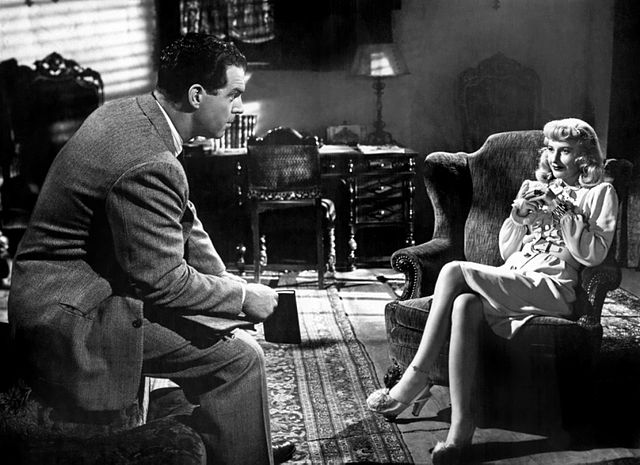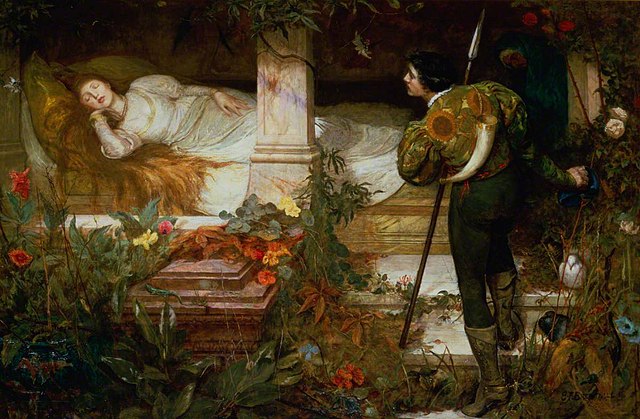A femme fatale, sometimes called a maneater, Mata Hari, or vamp, is a stock character of a mysterious, beautiful, and seductive woman whose charms ensnare her lovers, often leading them into compromising, deadly traps. She is an archetype of literature and art. Her ability to enchant, entice and hypnotize her victim with a spell was in the earliest stories seen as verging on supernatural; hence, the femme fatale today is still often described as having a power akin to an enchantress, seductress, witch, having power over men. Femmes fatales are typically villainous, or at least morally ambiguous, and always associated with a sense of mystification, and unease.
The divine femme fatale of Hindu mythology, Apsara Mohini is described to have enchanted gods, demons and sages alike.
Salome in a 1906 painting by Franz von Stuck
Actress Theda Bara, in the film A Fool There Was
Femme fatale Phyllis Dietrichson, played by Barbara Stanwyck, in the classic film noir Double Indemnity
A stock character, also known as a character archetype, is a type of character in a narrative whom audiences recognize across many narratives or as part of a storytelling tradition or convention. There is a wide range of stock characters, covering people of various ages, social classes and demeanors. They are archetypal characters distinguished by their simplification and flatness. As a result, they tend to be easy targets for parody and to be criticized as clichés. The presence of a particular array of stock characters is a key component of many genres, and they often help to identify a genre or subgenre. For example, a story with the stock characters of a knight-errant and a witch is probably a fairy tale or fantasy.
Stock characters play an important role in fiction, including in fairy tales, which use stock characters such as the damsel in distress and Prince Charming (pictured is Sleeping Beauty).
Hollywood






